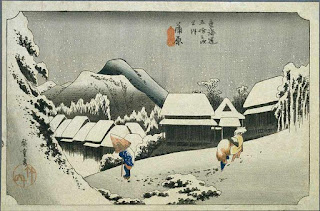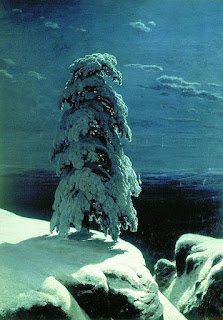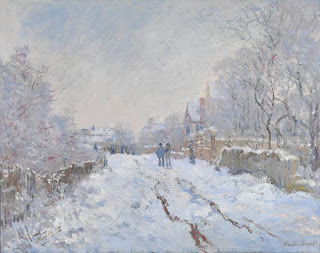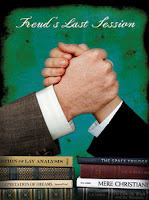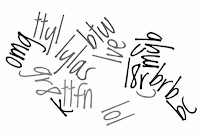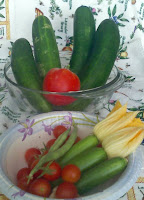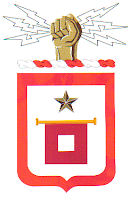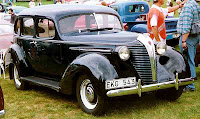I have always been impressed by the dedication of those who choose archeology as a life's work. The search for ancient tombs, deciphering of hieroglyphics and the persistence in the belief that something exists in a vast landscape of sand, rocks and boulders surrounded by cliffs, are stories ringing with romance and mystery.
Having previously read about the discovery of King Tut's tomb, I thought I knew a lot about it, but the book I'm reading by
Thomas Hoving, “
Tutankhamun, The Untold Story” is rich in detail and a delight to read.
The researched history of the dig, the relationship between the discoverers,
Howard Carter and
Lord Carnarvon and those representing Egyptian authority, plus the description of 5,000 dazzling pieces of art being removed from the tomb, is an extraordinary accomplishment by the author.
One of the most remarkable accounts in the book is the finding of numerous items by an American millionaire 'treasure hunter',
Theodore Davis. In 1906, Davis, who had been successful in discovering several tombs while excavating in the Valley of the Kings, found a small cup in light-blue
faience with the royal cartouche of
Nebkheperure the throne name (prenomen) of
Tutankhamun. He made a note of it, then forgot about it. In the following season, 1907-1908, he came across a crude pit measuring four by four by seven feet containing jars filled with linen, clay cups, bones of animals and birds, bags of some powdered material, wreaths of leaves and flowers and a miniature funerary mask. There were two small brooms. One of the jars had been broken and wrapped with a cloth inscribed with the name, "
Touatankhamanon". Davis misread the importance of the items since the leavings were of such modest character and gave them to a curator of Egyptology at the Metropolitan Museum,
Herbert Winlock, a member of the museum's expedition working near by.
It wasn't until 1921 that Winlock finally got around to examining the profusion of articles collected from Davis. Winlock concluded after studying the items they were materials used in a ritual banquet held within the tomb of Tutankhamun just before sealing it for the last time. This clue led to the discovery of the tomb 12 years later.
What I find so astounding is that Winlock not only deduced the nature of the ritual banquet, but its menu, number of guests and some of the clothes they had worn. Eight individuals wearing floral and leaf wreaths and linen headbands, one with the last known date of Tutankhamun, the sixth year of his reign, ate 5 ducks, several plovers, a haunch of mutton, and drank beer and wine. They had reverently used the two brooms to sweep up after the ceremony. The eight priests gathered up the dishes and cups,then stuffed leftovers in the pottery jars and buried them in the pit dug for that purpose. To have left these items inside the tomb would have rendered it unclean.
King Tut lived over 3,000 years ago, died at the age of 18 or 19, and was buried around 1350 B.C. Its mind boggling to realize his tomb and treasures, the richest ever discovered in the history of archeology, existed in silent tranquility thousands of years before being unearthed November 26, 1922.


